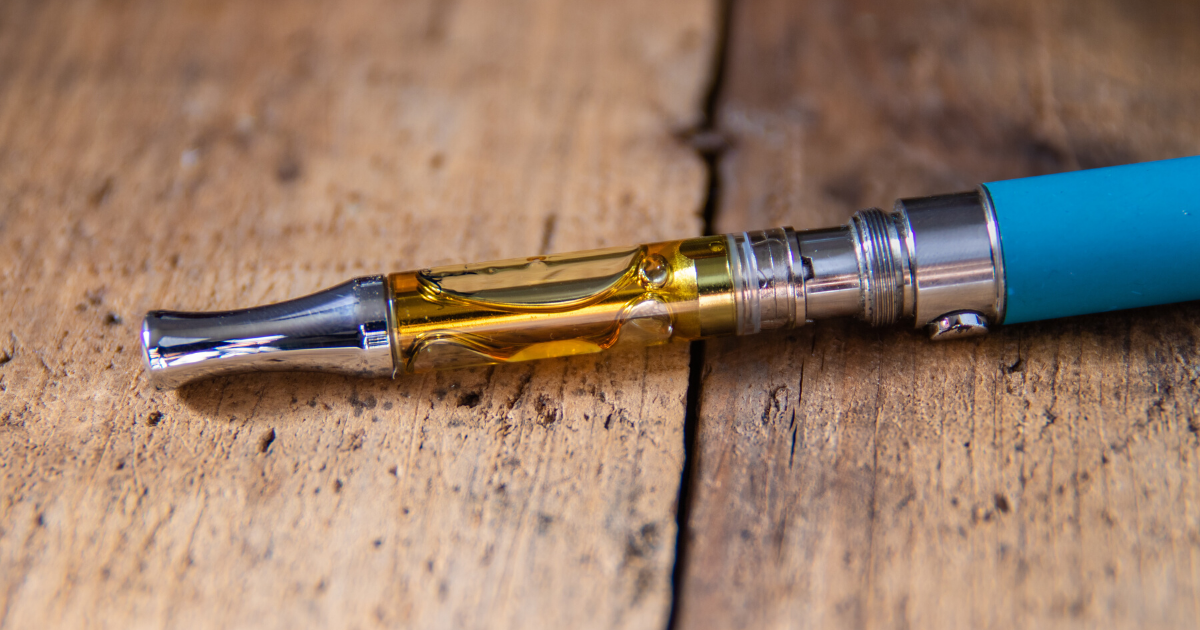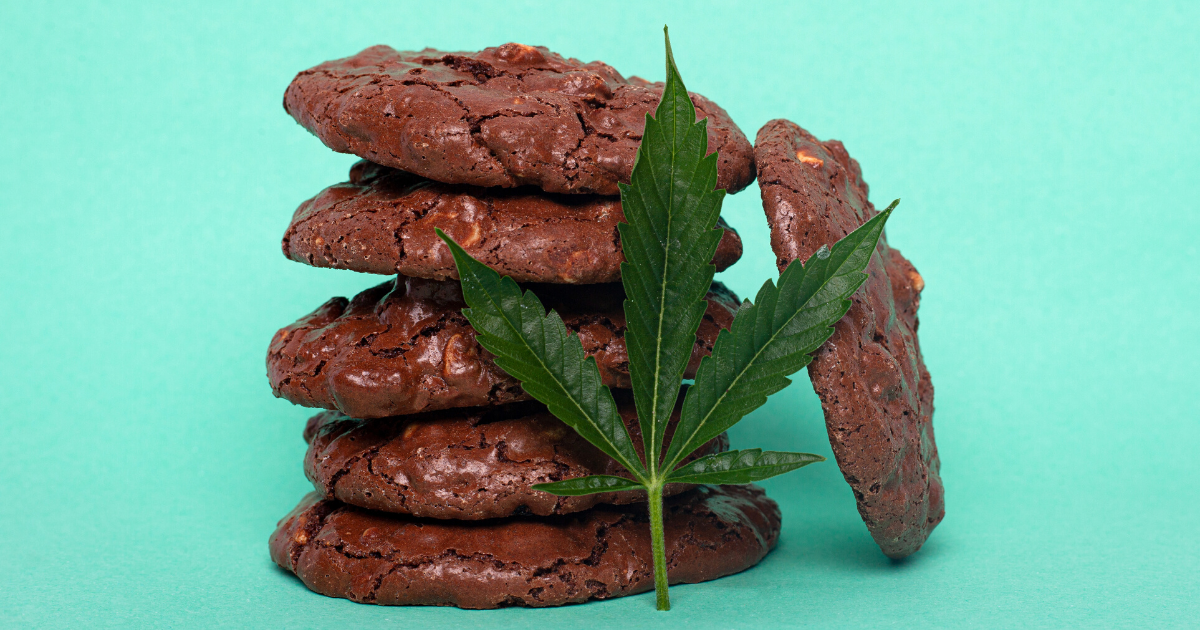Differences Between Inhaling or Eating Cannabis
Two of the most common ways to consume cannabis are inhalation or ingestion - smoking it or eating it. Read on to learn more about the differences between inhaling cannabis and ingesting edibles.
The primary psychoactive chemical in marijuana is Tetrahydrocannabinol (THC), and the way that it is consumed can take many forms. Two of the most common ways to consume cannabis are inhalation or ingestion - smoking it or eating it. The high feeling and effects can feel different between the two methods. Read on to learn more about the differences between inhaling cannabis and ingesting edibles.
Inhaling: Smoking or Vaping
When cannabis is inhaled, you will feel the effects from within seconds to a few minutes of inhaling. Full effects can peak within 30 minutes and can last up to 6 hours after use. Some residual effects of the THC can even last up to 24 hours.
Inhaled THC has a different metabolic process than when you eat it. Because your body doesn’t have to process THC by the stomach and liver, it travels directly to the brain. This is why the effects of smoking or vaporized cannabis are felt much quicker and pass quicker too.
It is important to note that smoking may come with certain health risks.

Ingesting: Eating or Drinking
When you ingest cannabis by eating or drinking it, it must first travel to your stomach then to your liver before getting into your bloodstream and brain. The liver processes THC into a stronger form and that combined with the THC from the original product adds to the intensity of the high. Edibles are typically more potent than inhaled cannabis. When eaten, the same amount of cannabis may deliver more intense effects than when inhaled.
It takes a bit more time to feel the effects of edible cannabis as opposed to inhaling it. When you eat or drink cannabis, you will feel its effects within 30 minutes to 2 hours of ingestion. Full effects can peak within 4 hours and can last up to 12 hours after use. Some residual effects may last up to 24 hours.
If you are wondering how cannabis edibles may interact with any prescription medications you are taking or if you have an existing condition, medical advice should be sought from your physician. Always consult with your physician, nurse or pharmacist before taking any THC or CBD products.

Tips for Lower Risk Use
-
If you are new to using marijuana edibles, start low and slow by consuming no more than 2.5 mg of THC. When smoking or vaping cannabis, start with a product that contains no more than 10% THC content.
-
Consuming more edible cannabis within four hours or inhaling too much THC at one time can lead to feelings of over-intoxication.
-
Be sure to read the label of any product carefully for information about THC concentration.
-
Avoid mixing cannabis with alcohol or other substances, which can lead to adverse effects.
If you are new to cannabis edibles and would like to read more, check out our Cannabis Edibles 101 Guide.
Are you interested in making your own marijuana edibles? Read our Cannabutter Recipes post to learn how to make homemade marijuana edibles.
Want to read more about edibles? Check out our other posts that review the best Cannabis Chocolates Edibles and Cannabis Gummy Edibles.
DISCLAIMER: THIS SITE DOES NOT PROVIDE MEDICAL ADVICE.
All information, including but not limited to, text, graphics, images and other materials contained on this site are for informational purposes only. No text, graphics, images or other materials on this site are intended to be professional medical advice or a substitute for professional medical advice, diagnosis or treatment. Always seek the advice of your physician or other qualified health care provider with any questions you may have regarding a medical condition or treatment and before undertaking a new health care regimen, and never disregard professional medical advice or delay in seeking professional medical advice because of something you have viewed on this site.
DISCLAIMER: THIS SITE DOES NOT PROVIDE MEDICAL ADVICE.
All information, including but not limited to, text, graphics, images and other materials contained on this site are for informational purposes only. No text, graphics, images or other materials on this site are intended to be professional medical advice or a substitute for professional medical advice, diagnosis or treatment. Always seek the advice of your physician or other qualified health care provider with any questions you may have regarding a medical condition or treatment and before undertaking a new health care regimen, and never disregard professional medical advice or delay in seeking professional medical advice because of something you have viewed on this site.